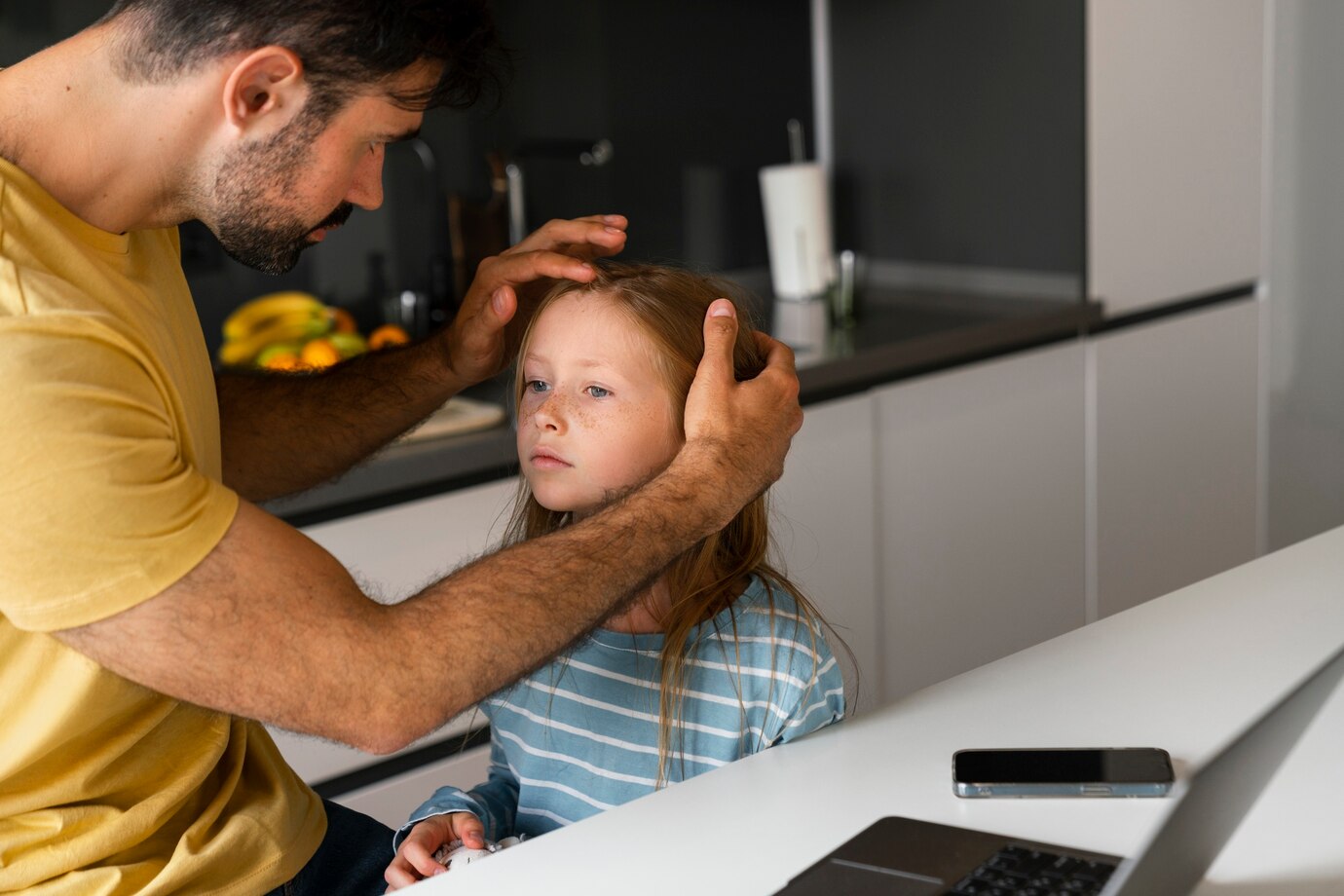About Shingles Disease
Shingles is a viral infection caused by a bacteria called varicella zoster, and its major symptom is rashes. These painful rashes may occur anywhere in the body. They look like a single line of blisters covering the left or right side of the torso. Shingles rarely occurs in kids, as this is mainly the case if they have faced chickenpox. The virus remains in the body and reactivates as shingles in the future. The varicella-zoster virus causes chickenpox. Similarly, this virus is also responsible for shingles.
Getting vaccinated at the correct time to prevent this infection would be helpful. The shingles vaccine lowers the risk of this severe disease, while a best and on-time cure can assist in decreasing the duration of the illness and reduce the risk of complications. The symptoms of this infection may last for 3 to 5 weeks. You may also get a shingles infection if you have experienced varicella-zoster viral infection (Chickenpox).
Postherpetic neuralgia is the most typical complication of shingles. It is a distressing situation that can cause shingles pain for a vast duration after the blisters have cleared. This disease is not life-threatening, but it can be a severe health issue.
Causes of Shingles
The leading cause of shingles is varicella-zoster virus, which is also responsible for Chickenpox. After getting recovered from Chickenpox, the virus stays inactive in the sensory ganglia of the cranial nerve.
The varicella-zoster virus belongs to a group of viruses called herpes viruses. Because of this, Shingles are also called “herpes zoster.” All herpes viruses can remain in a latent state in the nervous system indefinitely.
If you are over 50, this herpes zoster virus can activate again and spread the infection widely. It is not certain that every person who experiences Chickenpox has to face shingles. When something depletes the immune system, it stimulates the Varicella-zoster virus to activate again.
Signs of Shingles
Shingles may appear anywhere else on your body. The signs of this disease affect only a tiny part of your body. These signs can be:
- Sensitivity to touch
- Pain, tingling, or burning
- Red rashes that start appear after the pain
- Fluid-filled blisters that break open and crust over
- Itching
You may also experience the following signs:
- Fever
- Sensitivity to light
- Fatigue
- Headache
When do I see a Doctor?
In the following cases, you have to meet the healthcare provider:
- If you are 50, you must visit the nearest clinic to avoid severe issues because age may also raise the chances of more severe complications.
- The rashes are spread too much and distressing to you.
- If someone who has a weak immune system due to a life-threatening disease needs to fix an appointment with a healthcare provider.
- These rashes may also reach the eye if they spread quickly. You must see a doctor to treat this infection, which can cause permanent eye damage.
Treatment of Shingles
A doctor treats shingles by recommending antiviral medication that eases the symptoms. This medication can lower the severity and duration of symptoms. This treatment also stops the development of complications and reduces the chances of rashes.
There are many ways to treat this viral infection’s symptoms, i.e., use of relief medication, lowering anxiety, intake of healthy foods, including yoga in daily routine, and wearing loose-fitting clothes for suitability. You can divert your mind to activities like watching television, socializing, hobbies and listening to music, which will help you reduce stress. During Shingles Infection, you may also experience one more symptom, i.e., itchiness. You can ease this symptom by taking an oatmeal bath or can take a bath with lukewarm water. You can also place a cool and damp washed cloth on the blisters and apply calamine lotion to ease the itching and have better results.
Diagnosis of Shingles
To diagnose shingles, Doctors perform a physical test by evaluating the occurrence of blisters and rashes on the body. In some situations, they take a tissue sample from the blister fluid and send it to a lab to check the availability of the Shingles Virus. They can also perform blood tests to check the presence of Shingles.
Conclusion: Shingles Infection is caused by the varicella-zoster virus. To reduce the risk of this infection, you need to get vaccinated. This page can help you collect further information related to the signs, treatment, causes, and diagnosis of Shingles disease.
FAQs:
Q.1. What are the risk factors of Shingles?
Ans. Some factors increase the chances of getting Shingles Infections, i.e., older age, certain cancers or cancer treatment alternatives, HIV, treatments that suppress the immune system, and anxiety or trauma.
Q.2. What are the possible complications of the Shingles?
Ans. The possible complications of the shingles can be
- Spinal cord inflammation or inflammation of the brain causes stroke, Encephalitis, and meningitis
- eye and vision problems
- weakness
- Postherpetic neuralgia (PHN),
- damage to blood vessels, which cause stroke
- pneumonia
- Issues with balance and hearing, etc.
Q.3. Is Shingles Infectious?
Ans. Yes, Shingles are infectious. You must stay immunized and have a good habit of always hand-washing and staying clean.
Q.4. Who is not eligible to have a Shingles Vaccine?
Ans. People with an allergy to any shingle vaccine component or who may be pregnant or have low immunity are not eligible for the Shingles Vaccine.






